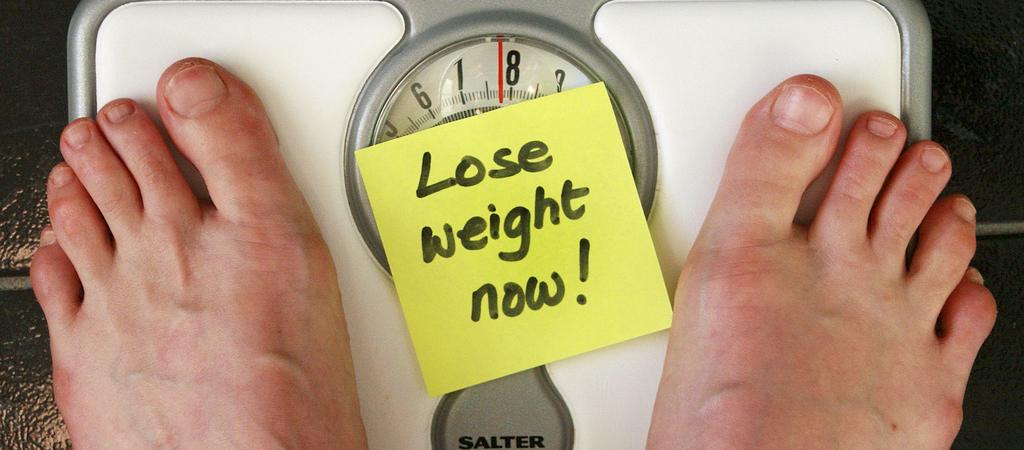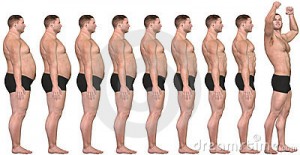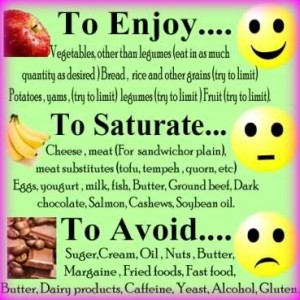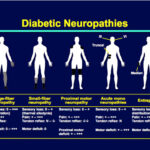Weight loss
Sometimes despite the intense effort and hard work put in, the weight loss is not as expected . One also tends to notice that a plateau has been hit after a period of time when the weight remains stationary. This is the dangerous time when one may give up out of frustration and all the weight lost will be regained in no time.
Given below are some of the labels on food items and what they actually mean:
| Phrase | Definition |
| No fat or fat-free | Contains less than 0.5 g of fat for each 100 g/ml |
| Lower or reduced fat | Contains at least 25% less fat for each 100 g than original |
| Low fat | Contains less than 3 g fat for each 100 g or 1.5 g for each 100 ml |
| Low in saturated fat | Contains no more than 1.5g for each 100g or 0.75g for each 100ml |
| Lite or light | Contains 25% less kilojoules than the original or comparative product |
| Sugar free | Contains less than ½ g sugar for each 100g |
| Reduced sugar | At least 25% less sugar for each serving than the original product |
| No added sugar | Sugar in any form has not been added as an ingredient |
| Unsweetened | No sugar or sweetener has been added |
| No preservatives added | Contains no added chemicals but may contain natural preservatives |
| Low sodium | Contains less than 120 mg sodium for each 100g |
| No salt or salt-free | Contains 5 mg or less of sodium for each 100g |
| High fiber | Contains between 4.8 g– 6g or more fiber for each 100g |
| Lean | Equal to or less than 10% of total fat |
| Extra lean | Equal to or less than 5% of total fat |
| Low cholesterol | 20 mg for each 100g or 10 mg for each 100 ml |
Some of the diets available are mentioned hereunder
Diet type Flexibility Limitation Physical activity Sustainability
DASH, LEARN, TLC, Yes No limits Yes Yes
and Mediterranean
Fad Diets No single food type No No
GI Diet No Fat and protein optional No
Low fat No Limited fat Yes No
Meal Replacement,HMR No Replacement meals Optional No
DASH = Dietary Approaches to Stop Hypertension; HMR = Health Management Resources; LEARN = Lifestyle, Exercise, Attitudes, Relationships, Nutrition; TLC = Therapeutic Lifestyle Changes.
While selecting a weight loss program, it should be
• Flexible
• Enjoyable
• Balanced
• Should suit ones budget
There are many medicines and programs which claim to reduce weight. Remember that there is no short cut to weight reduction. It needs patience, support of friends and family and tremendous will power. Usually those with weight issues refrain from socializing, swimming and partying for fear of being ridiculed in public. This leads them to become introverts and they take to eating for comfort which further worsens their predicament. These people have to be coaxed and motivated into moving into a program slowly. Most of these people are fed up of being told about diet and exercise and look for short cuts. The market exploits this weakness. Remember that there is no perfect diet to reduce weight. There is must be more of expenditure of energy than the intake of food. Generally, fried food, less of salt, less of junk food, less of starch are the necessary steps. A rapid weight loss will increase the uric acid levels in many.
What causes a weight-loss plateau?
The progression from initial weight loss to a weight-loss plateau follows a typical pattern. During the first few weeks of losing weight, a rapid drop is normal. In part this is because when calories from food are reduced, the body gets needed energy by releasing its stores of glycogen, a type of carbohydrate found in the muscles and liver. Glycogen holds on to water, so when glycogen is burned for energy, it also releases water, resulting in substantial weight loss that’s mostly water.
A plateau occurs because the metabolism — the process of burning calories for energy — slows as you lose muscle. The weight-loss efforts result in a new equilibrium with a now slower metabolism.
At this new equilibrium, calories eaten equals calories expended. This means that to lose more weight, one has to either increase the level of physical activity or decrease the intake of food. Using the same approach that worked initially may maintain your weight loss, but it won’t lead to more weight loss. Some people feel they should eat more due the workout.
How can you overcome a weight-loss plateau?
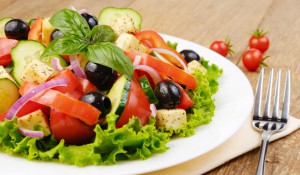
If at a weight loss plateau, you may have lost all of the weight you will, given the number of calories you’re eating each day and the time you spend exercising.
• Reassess your habits. Look at the food habits and work out regimes.
• Cut more calories. Reduce your daily calorie intake by 200 calories — provided this doesn’t put you below 1,200 calories. Fewer than 1,200 calories a day may not be enough to keep you from feeling hungry all of the time, which increases your risk of overeating. In addition, this reduced calorie intake should be sustainable. If not, you’ll regain the weight you’ve lost and more.
• Step up your workout. Increase the amount of time you exercise by an additional 15 to 30 minutes. You might also try increasing the intensity of your exercise, if you feel that’s possible. Additional exercise will cause you to burn more calories. Consider adding resistance or muscle-building exercises. Increasing your muscle mass will help you burn more calories.
• Pack more activity into your day. Think outside the gym. Increase your general physical activity throughout the day by walking more and using your car less.
Maybe the weight you’re striving for is unrealistic for you. If you’ve improved your diet and increased your exercise, you’ve already improved your health even without further weight loss. For those who are overweight or obese, even modest weight loss improves chronic health conditions related to being overweight.
Whatever you do, don’t revert back to your old eating and poor exercise habits. That may cause you to regain the weight that you’ve already lost.
Remember any physical activity will go a long way to good health and lift up your mood as well. It always is good for toning up your muscles and joints rather than having to surrender to medicines.
Check weight, waist circumference of the fit of your clothes to analyze the progress. Please also remember that the weight loss may be quick initially and then it will plateau out before dropping again. The amount of weight loss per week varies from person to person and so it is obvious that the results of a certain program in which Mr or Ms A lost weight may not be enough or may be too much for Mr or Ms B. Some get bored of the monotonous diet and it is okay to cut lose once in a while. But, if it is done quite frequently, it can be enough to jolt once the sugar levels go alarmingly high which motivate the person to do better.
Exercise in any form is welcome in the quest for weight reduction. One can split the sessions to three sessions of ten minutes each rather than half an hour at one time. The post meal stroll does work well.










